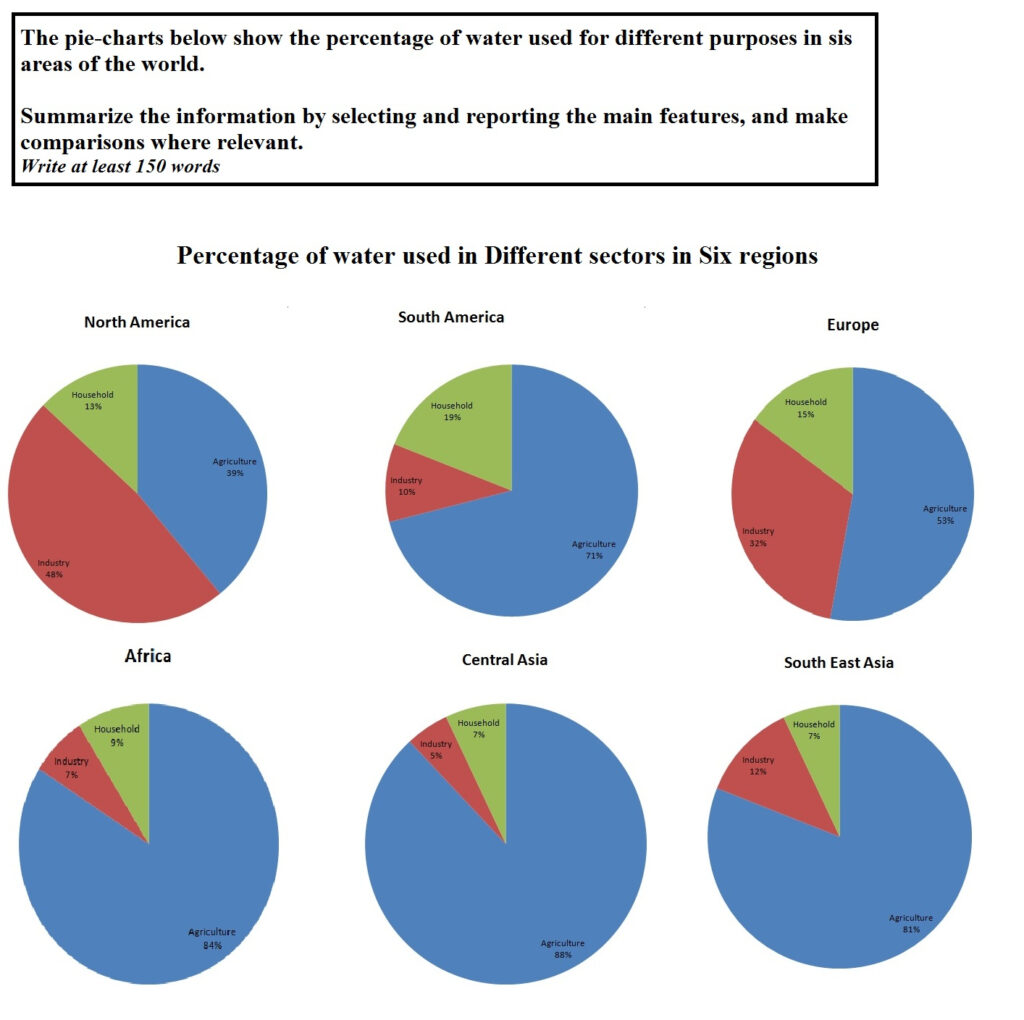Multiple pie charts are a type of data visualization that displays multiple sets of data in a circular graph. Each pie chart represents a different data set, allowing viewers to compare information across different categories.
When presented with multiple pie charts in the IELTS exam, it is essential to analyze each chart individually and then look for trends or patterns across all the charts. This will help you accurately interpret the data and answer any related questions.
Multiple Pie Charts Ielts
How to Interpret Multiple Pie Charts in IELTS
When interpreting multiple pie charts in the IELTS exam, start by examining each chart to identify the main data points and categories. Look for any significant differences or similarities between the charts, such as which category has the largest or smallest percentage in each chart.
Next, compare the data across all the charts to identify any trends or patterns. Pay attention to any changes in percentages or proportions between the different data sets. This will help you draw conclusions and effectively answer questions related to the charts.
Tips for Analyzing Multiple Pie Charts
1. Start by understanding each pie chart individually before comparing them.
2. Look for any outliers or unusual data points in the charts.
3. Pay attention to any key differences or similarities between the charts.
4. Use percentages or proportions to make accurate comparisons between data sets.
By following these tips and strategies, you can effectively analyze and interpret multiple pie charts in the IELTS exam, allowing you to confidently answer any questions related to this type of data visualization.
